Ever wondered what goes on in the mind of your feline friend? Cats are fascinating creatures, known for their mysterious and independent nature. But did you know they can form emotional habits with you? Yes, those little quirks and rituals they engage in with you might be more meaningful than you think. Let’s dive into the world of cats and explore what happens when they form emotional habits with their human companions.
Understanding Feline Affection
Cats are often seen as aloof animals, but they can be surprisingly affectionate. Unlike dogs, who are openly expressive, cats show their love in subtle ways. They may purr softly, nuzzle against you, or follow you around the house. These actions are not just random; they are emotional habits that cats develop with those they trust. Understanding these signs can help you build a stronger bond with your furry friend.
The Power of Purring

One of the most comforting sounds is a cat’s purr. But did you know that purring is more than just a sign of contentment? When a cat purrs while sitting on your lap, it’s forming a habit of comfort and trust. Purring can also have healing properties, as the vibrations are known to reduce stress and promote healing in both cats and humans. So next time your cat purrs, know that it’s more than just a happy sound—it’s an emotional connection.
Rituals of Grooming
Have you ever noticed your cat licking you? This grooming behavior is not just about cleanliness. When a cat licks you, it’s forming an emotional habit that signifies acceptance and love. In the wild, cats groom each other to strengthen social bonds. By licking you, your cat is including you in its social circle, a gesture that speaks volumes about your relationship.
Following You Around
Cats are known for their independence, so it might be surprising when your cat follows you from room to room. This behavior is an emotional habit that indicates a deep bond. By shadowing your movements, your cat shows a desire to be near you, to share in your daily life. It’s a sign of trust and affection, a way of saying, “I enjoy your company.”
Bringing Gifts
While not always appreciated, when your cat brings you a “gift” like a mouse or a toy, it’s a significant emotional habit. This behavior stems from their hunting instincts and is a way of sharing their success with you. It’s an act of generosity and trust, a way for your cat to express that you are part of its family. Understanding this can help you appreciate the thought behind the gesture, even if the gift itself is less than desirable.
Mealtime Companionship
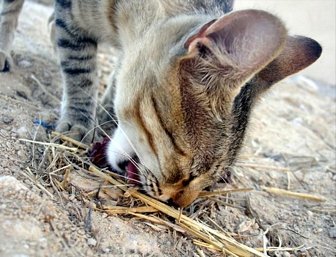
If your cat insists on being present during mealtime, it’s forming an emotional habit tied to companionship. Sharing meals is a bonding activity, and your cat’s presence at the table is its way of participating in the family dynamic. While it might be tempting to shoo them away, allowing your cat to join in can strengthen your bond and create a sense of togetherness.
Vocal Conversations
Cats have a unique way of communicating with their humans through vocalizations. If your cat engages in “conversations” with you, it’s forming an emotional habit that fosters connection. Each meow, chirp, or trill is a form of expression, a way for your cat to share its thoughts and feelings. Responding to these vocal cues can enhance your relationship, creating a dialogue that both of you understand.
Bedtime Rituals
Does your cat have a specific spot on your bed? This is an emotional habit that signifies comfort and security. Cats are creatures of routine, and sharing your sleeping space is a profound gesture of trust. By sleeping near you, your cat is saying it feels safe and protected in your presence, a testament to the bond you’ve built.
Playtime Preferences
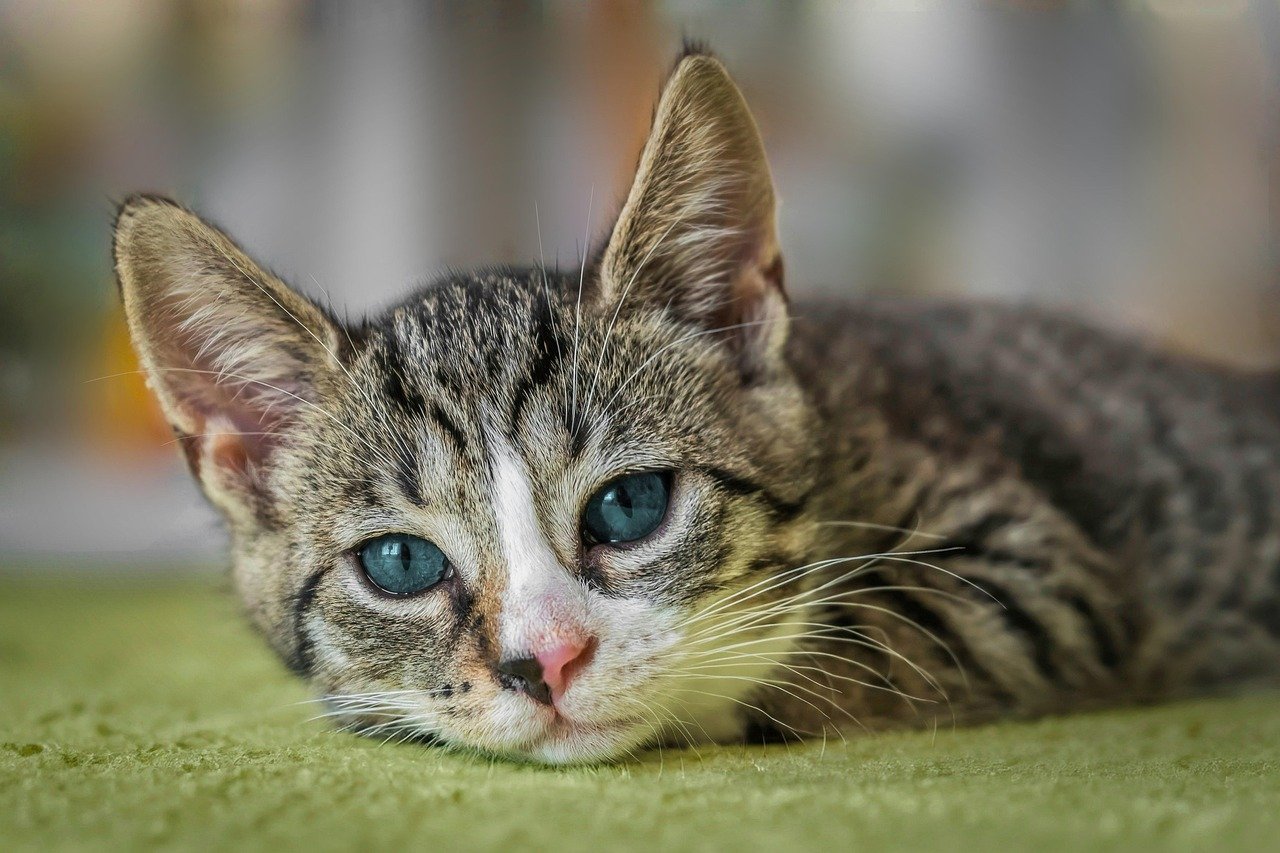
Every cat has its favorite toys and games, and engaging in these activities with you is an emotional habit that strengthens your connection. Playtime is not just about entertainment; it’s an opportunity for your cat to express its personality and bond with you. Recognizing your cat’s play preferences and participating in these activities can deepen your relationship, making playtime a cherished ritual.
Head-Butting and Body Rubbing
When a cat head-butts or rubs against you, it’s marking you with its scent, a behavior known as “bunting.” This is an emotional habit that signifies ownership and affection. By sharing its scent, your cat is claiming you as part of its territory, a gesture of love and trust. Embracing this habit can reinforce your bond, making you an integral part of your cat’s world.
Reaction to Your Emotions
Cats are surprisingly perceptive and can pick up on your emotions. If your cat comforts you when you’re sad or anxious, it’s forming an emotional habit of empathy. This behavior shows that your cat is attuned to your feelings and wants to offer support. Recognizing this emotional sensitivity can help you appreciate the depth of your connection.
Personal Space Sharing
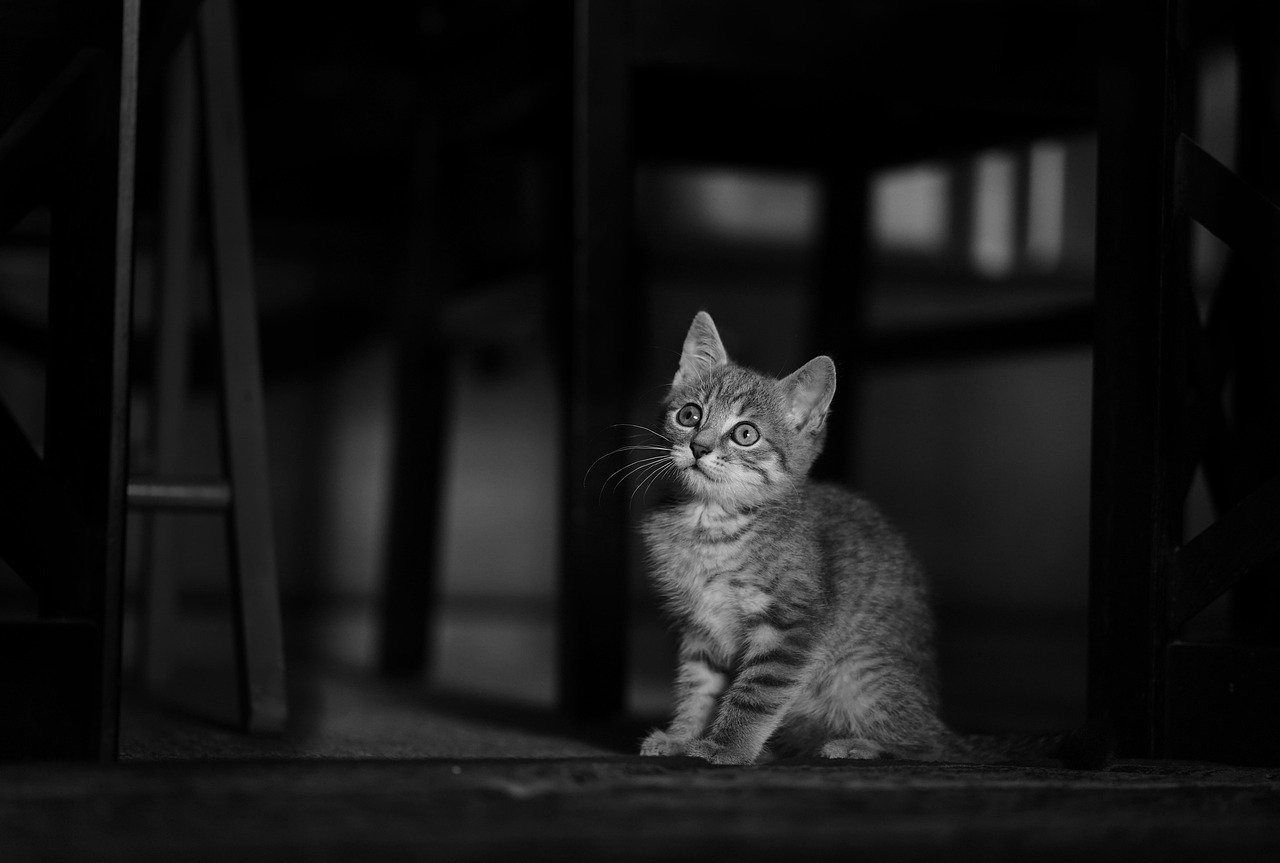
Cats value their personal space, so when they choose to share it with you, it’s a significant emotional habit. Whether sitting on your lap or curling up next to you, this behavior indicates trust and affection. By allowing you into their personal space, cats are showing that they feel safe and comfortable with you, a testament to the bond you’ve nurtured.
Eye Contact and Slow Blinking
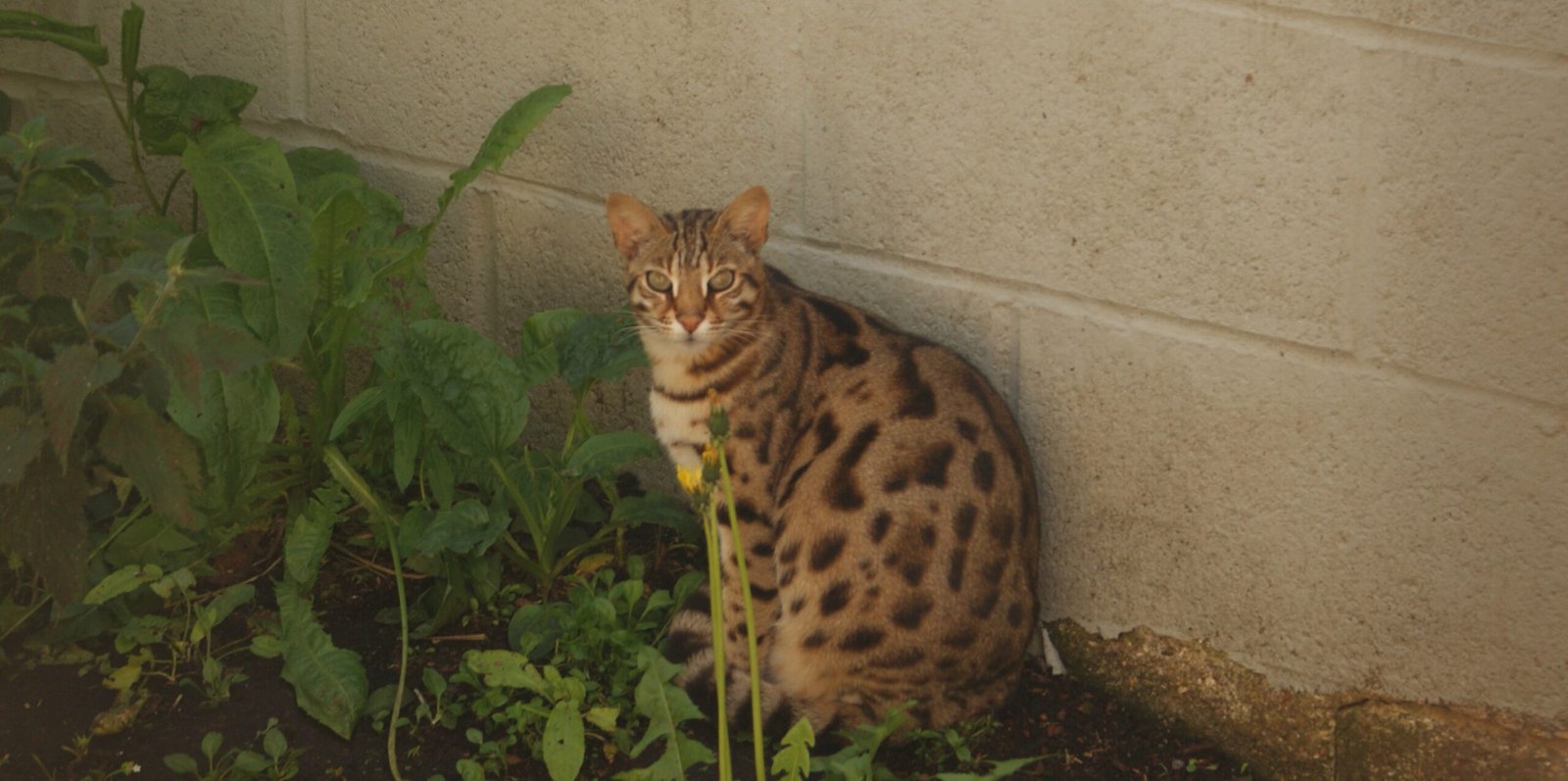
In the feline world, direct eye contact can be a sign of aggression, but when your cat holds your gaze and gives you a slow blink, it’s an emotional habit of trust. This behavior is often referred to as a “cat kiss,” a way for your cat to express affection. Returning the slow blink can reinforce this bond, creating a silent but powerful connection.
Responding to Your Voice

If your cat responds to your voice, it’s forming an emotional habit of recognition and trust. Cats can distinguish their owner’s voice from others, and responding to it is a sign of their attachment. Whether they come running or simply acknowledge your presence, this behavior shows that your voice is a source of comfort and familiarity.
Exploring Together
Some cats enjoy exploring their environment with their human companions. This emotional habit signifies curiosity and a desire to share experiences. By involving you in their adventures, cats are expressing a sense of camaraderie and trust. Participating in these explorations can enhance your bond, creating shared memories and experiences.
Guarding Behavior
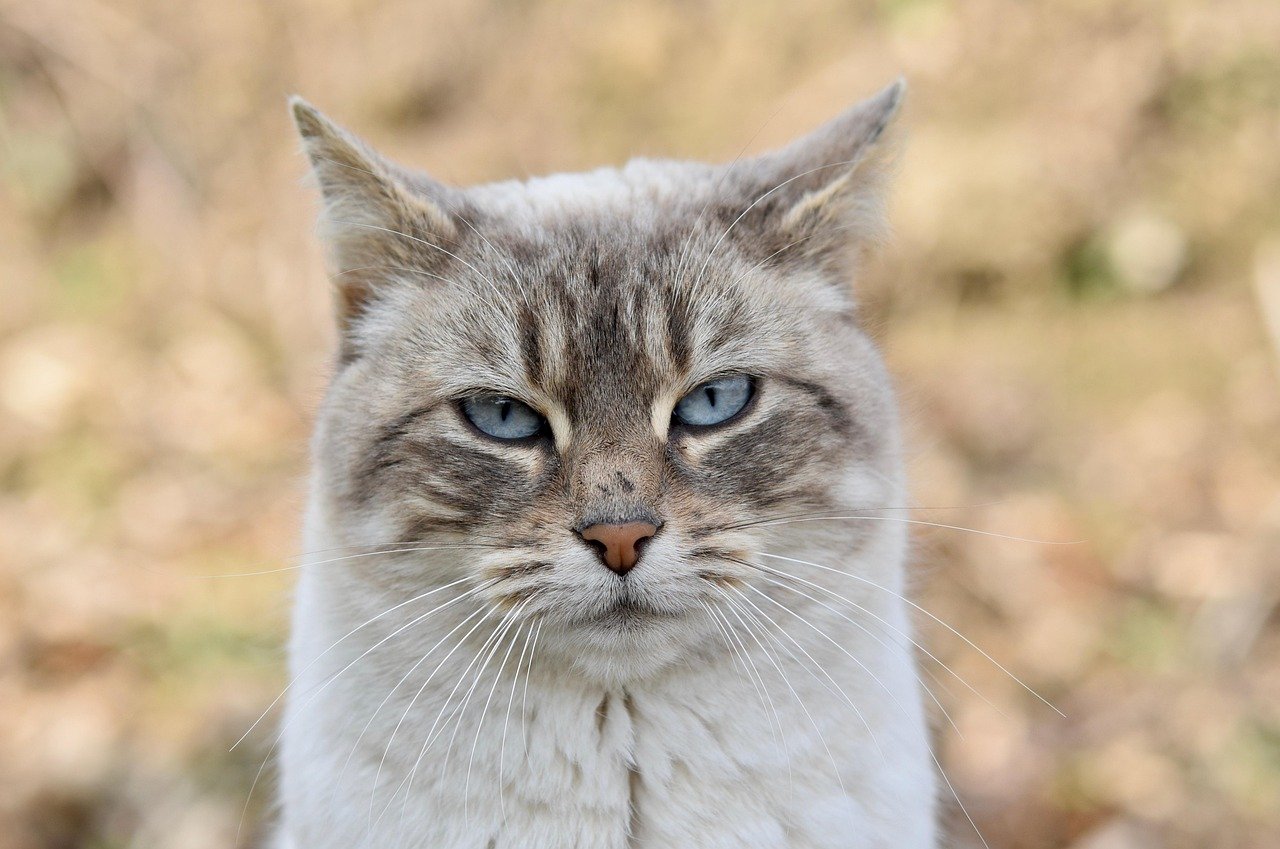
When a cat exhibits guarding behavior, such as sitting near you or watching over you while you sleep, it’s an emotional habit that reflects protection and loyalty. This behavior shows that your cat sees you as part of its family and wants to ensure your safety. Understanding this protective instinct can deepen your appreciation for your cat’s companionship.
Unique Greeting Rituals
Every cat has its unique way of greeting its owner, whether it’s a chirp, a head rub, or a tail flick. These greeting rituals are emotional habits that signify recognition and affection. By engaging in these rituals, your cat is expressing happiness at your presence, a gesture that strengthens your bond each time it occurs.
Adapting to Your Routine
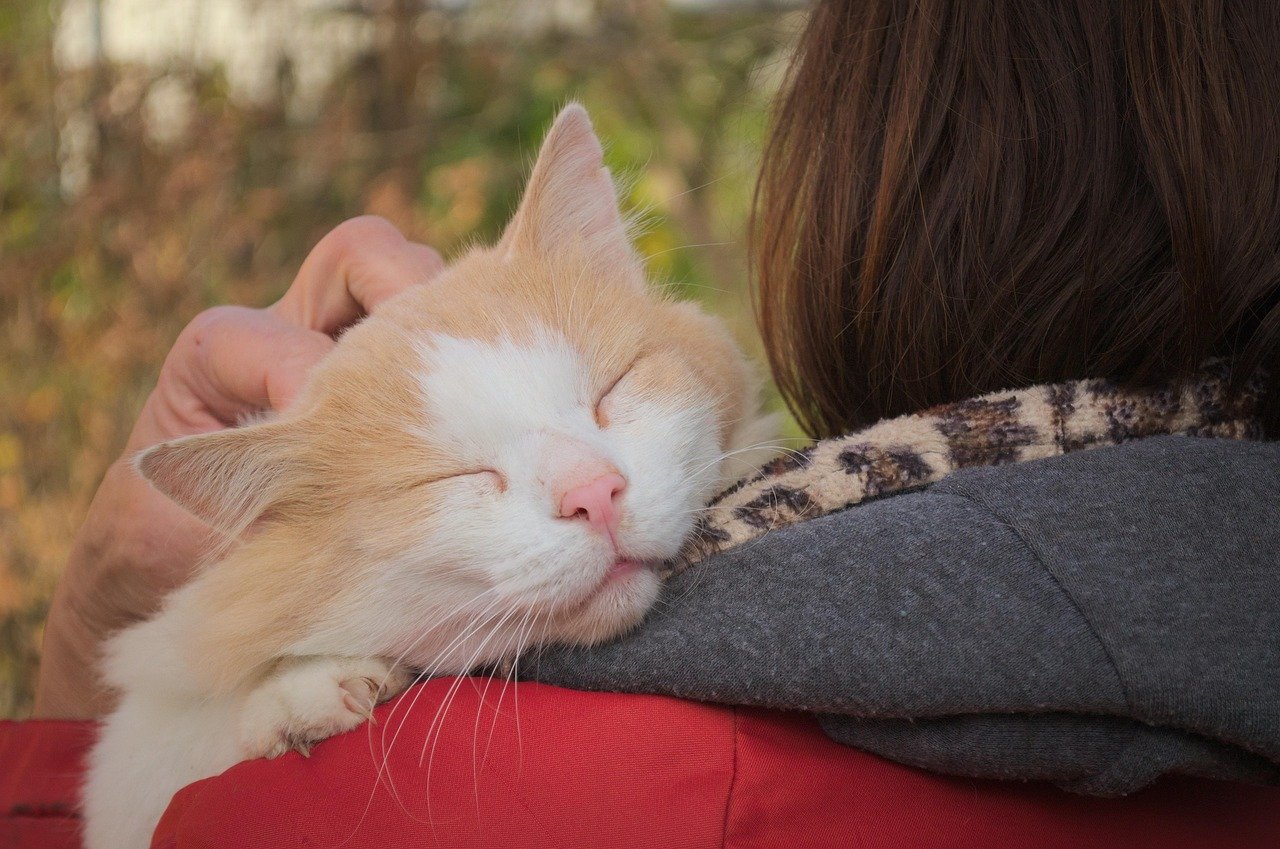
Cats are creatures of habit, and when they adapt to your routine, it’s an emotional habit that signifies synchronization and attachment. Whether it’s waking up with you, waiting at the door, or joining you for evening relaxation, these behaviors show that your cat is in tune with your lifestyle. Acknowledging this adaptability can enhance your relationship, creating a harmonious living environment.
Understanding Your Cat’s Language
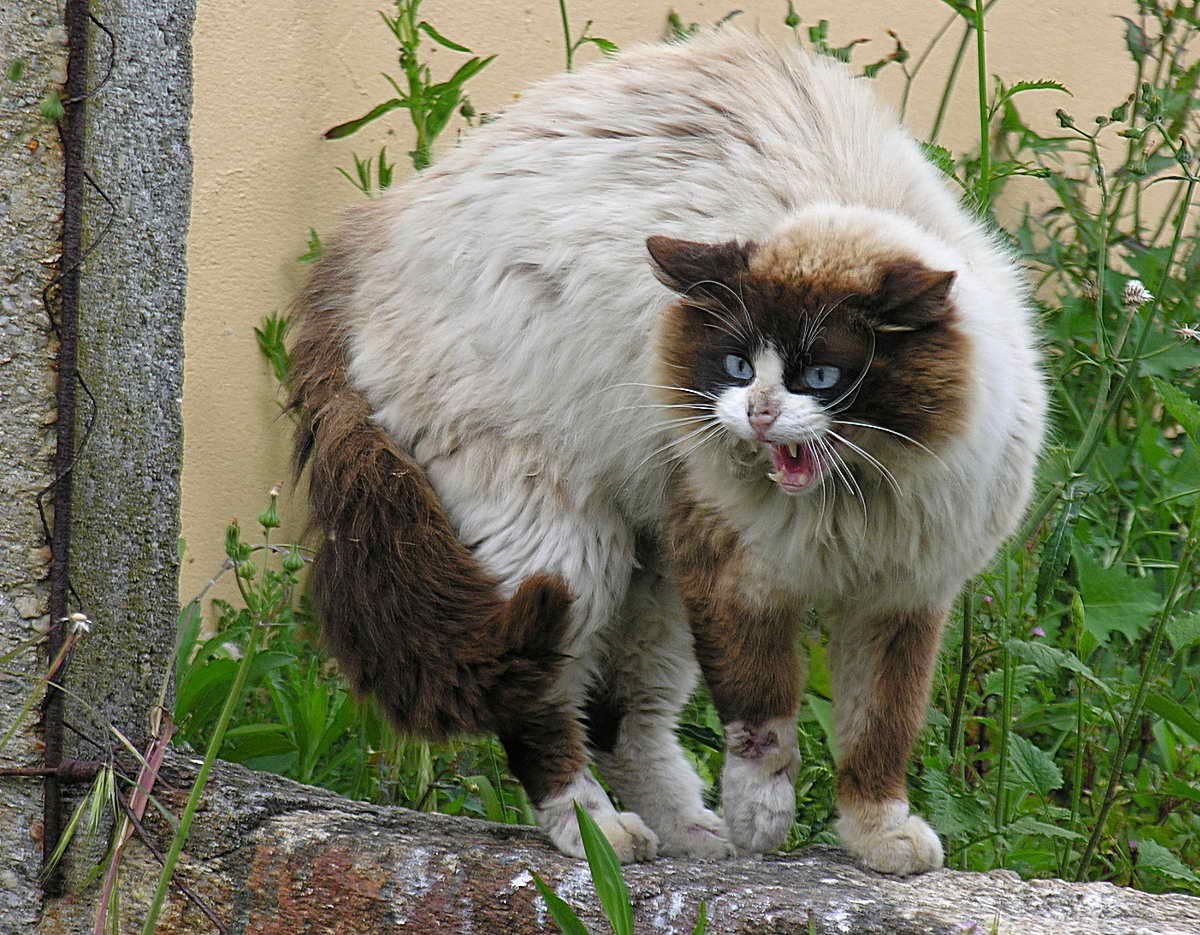
Finally, understanding your cat’s language is key to recognizing and nurturing emotional habits. Each behavior, gesture, and sound is a form of communication, a way for your cat to express its feelings and needs. By learning to interpret these signals, you can strengthen your bond, creating a relationship built on mutual understanding and respect.
In conclusion, cats are more than just pets; they are companions that form deep emotional habits with their owners. By recognizing and nurturing these habits, you can build a lasting bond with your feline friend, one that is filled with love, trust, and understanding. What emotional habits have you noticed in your cat?
Hi, I’m Bola, a passionate writer and creative strategist with a knack for crafting compelling content that educates, inspires, and connects. Over the years, I’ve honed my skills across various writing fields, including content creation, copywriting, online course development, and video scriptwriting.
When I’m not at my desk, you’ll find me exploring new ideas, reading books, or brainstorming creative ways to solve challenges. I believe that words have the power to transform, and I’m here to help you leverage that power for success.
Thanks for stopping by, Keep coming to this website to checkout new articles form me. You’d always love it!





